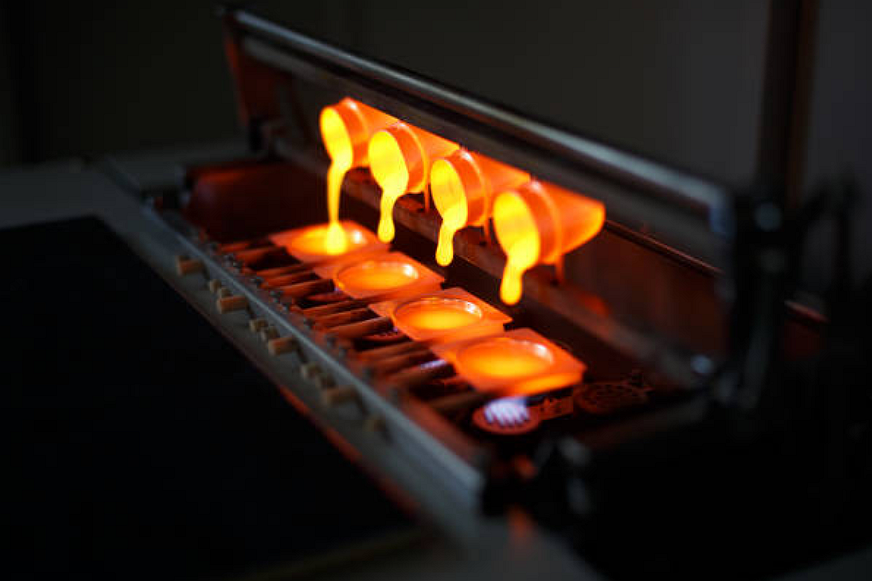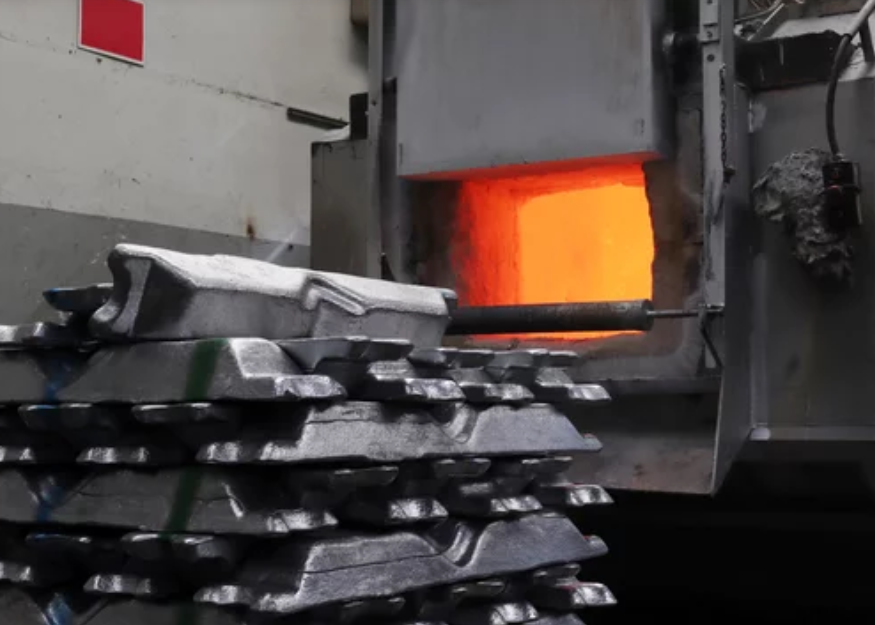Are there limitations to the surface finishes that can be achieved with investment casting?
Understanding the Boundaries of Investment Casting Surface Quality
While investment casting is renowned for producing smooth, detailed, and visually refined surfaces, it does have certain technical and material-based limitations. The process achieves excellent results—typically 3.2–6.3 µm Ra surface roughness—but extreme mirror-level finishes or micro-textures often require post-processing through mechanical or chemical treatments.
Neway’s Investment Casting Service integrates precision control and finishing expertise to maximize surface integrity while minimizing secondary steps. Still, understanding these constraints helps engineers design realistically within manufacturing capabilities.
Main Factors Influencing Finish Limitations
1. Mold Material and Pattern Quality The final surface replicates the wax pattern and ceramic mold texture. Any imperfection or trapped air in the mold directly translates into surface irregularities. This makes meticulous wax pattern production and shell preparation critical.
2. Alloy Composition and Grain Structure Metals such as cast stainless steel and cast aluminum yield smoother finishes than rougher-grained alloys like cast iron. High-temperature alloys may form micro-oxides that require surface conditioning.
3. Size and Complexity of the Component: Larger or highly complex geometries may experience uneven cooling, creating minor rippling that must be corrected through polishing or sandblasting. Thin-walled sections are also prone to slight variations in texture.
4. Post-Processing Dependencies For ultra-smooth or decorative requirements, secondary treatments like electropolishing, chrome plating, or PVD coating are essential. However, these can increase cost and lead time, particularly for complex shapes.
5. Design and Tooling Constraints: Sharp internal corners or undercuts may prevent uniform coating or full polish access. Engineers often combine design-for-manufacturing principles and surface finishing guidelines early in product development to optimize both aesthetics and performance.
Ultimately, investment casting delivers one of the best surface finishes among metal-forming methods, outperforming sand casting and matching many CNC-machined finishes when proper post-processing is applied. With Neway’s integrated polishing and coating capabilities—including powder coating and anodizing—most aesthetic and functional requirements can still be fully achieved.



